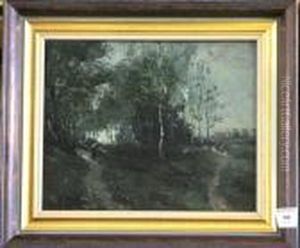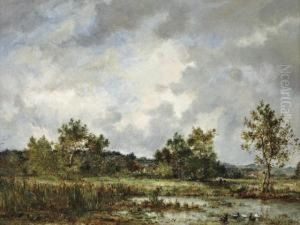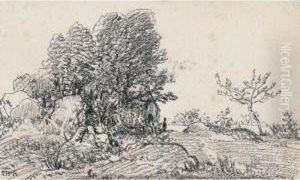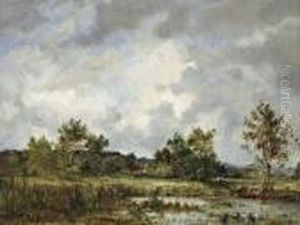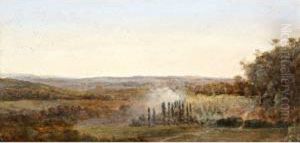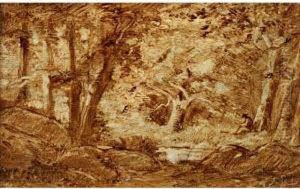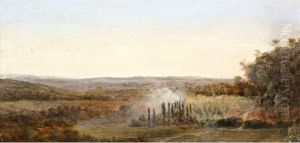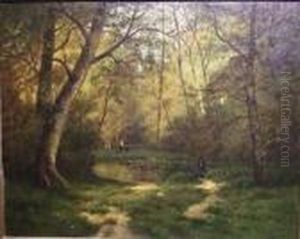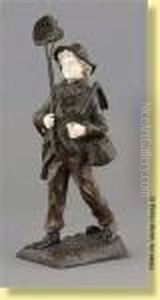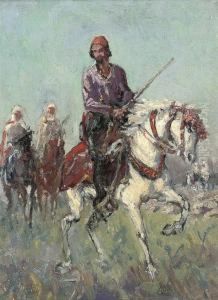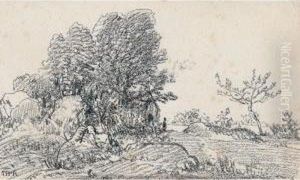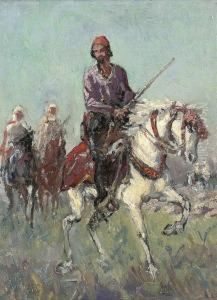E. Rousseau Paintings
Emile Henri Bernard Rousseau, commonly known as E. Rousseau, was a distinguished French post-impressionist painter, born in Laval, Mayenne, France, in 1844. Not to be confused with Henri Rousseau, the self-taught 'Le Douanier' Rousseau, E. Rousseau's work was pivotal in the transition from the 19th-century Impressionism to the early 20th century's new artistic explorations including Cubism, Fauvism, and beyond.
E. Rousseau's early life was marked by a traditional education in the arts. He studied at the École des Beaux-Arts in Paris, honing his skills under the tutelage of academic painters. However, his style evolved significantly over the years. Initially rooted in the realist tradition, his work gradually embraced the more vibrant palette and expressive brushwork characteristic of the Post-Impressionists. Rousseau was deeply influenced by the works of Paul Cézanne and Vincent van Gogh, and his interaction with these contemporaries is evident in his experimentation with color and form.
Rousseau's oeuvre encompasses a wide range of subjects, from serene landscapes and intimate portraits to bustling urban scenes. His landscape paintings, in particular, are noted for their innovative use of color and light, seeking to capture the essence of the natural world rather than its mere appearance. This approach set him apart from his impressionist contemporaries, who were more focused on capturing fleeting moments.
Despite his contributions to the art world, E. Rousseau's work was not widely recognized during his lifetime. It was only posthumously that his importance in the bridge between Impressionism and the emerging styles of the 20th century was fully appreciated. Today, his paintings can be found in the collections of major museums around the world, serving as a testament to his role in the evolution of modern art.
E. Rousseau passed away in 1910, leaving behind a legacy that has continued to influence artists long after his death. His journey from academic training to embracing and contributing to the cutting-edge movements of his time reflects the dynamic nature of art history and the perpetual quest for new modes of expression.
